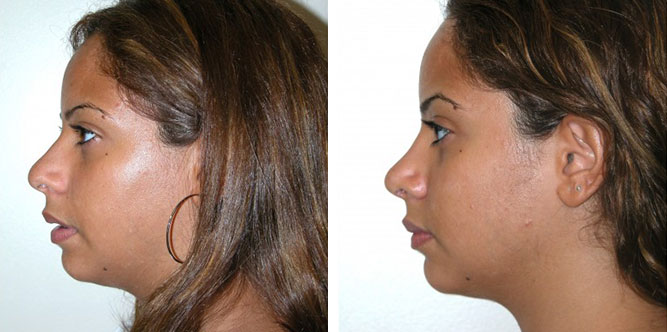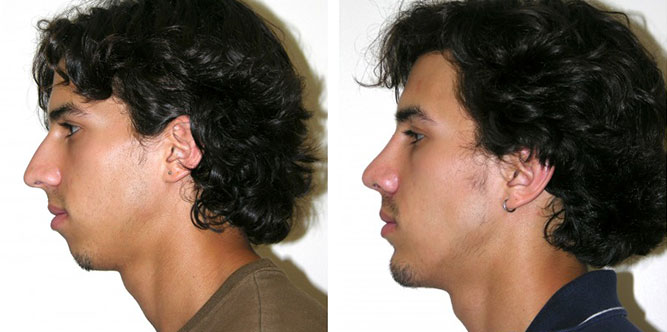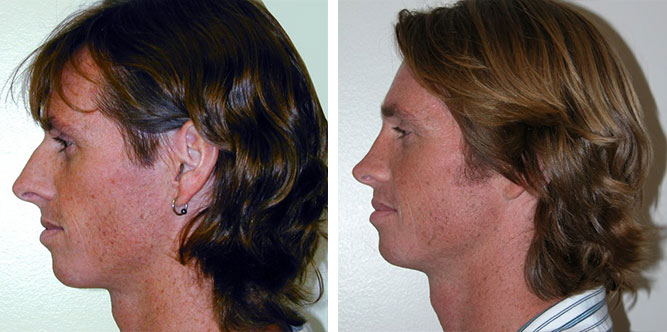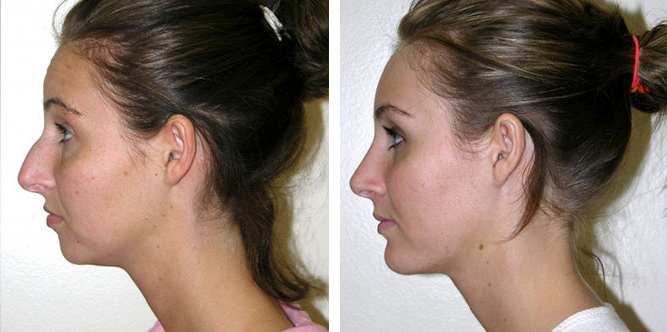Rhinoplasty
What Is Rhinoplasty?
The nose can have a significant impact on the balance and proportions of your facial features. While the practice of altering the appearance of the nose has existed for over 100 years, more recent concepts in rhinoplasty focus on minimal, natural changes. These subtle alterations should enhance the facial look rather than dramatically change it. Even though Dr. Boyd sees patients as young as in their late teens wanting to transform the appearance of their noses, there is no age above which benefits will not be felt.
Who Can Benefit From Rhinoplasty?
We all have aesthetic shortcomings. This is particularly true with noses. In many cases, natural defects such as excessive size, droopy tips, dorsal humps, excessive length, and disproportion reflect familial traits. Sometimes, they arise de nouveau. Even minor aesthetic defects often have the most significant impact on the confidence and self-esteem of patients, especially teenagers.
Nasal trauma can occur at any age, and injury is often seen in people who play contact sports. However, other accidents and injuries can cause damage to the nose. Problems associated with nasal trauma are usually caused by fracture and poor healing of the nasal skeleton. In these cases, nasal humps or prominent nasal bridges may become evident, or the nose may be deviated to one side or the other. An airway obstruction may also ensue.
Your Rhinoplasty Treatment
Consultation
The consultation with Dr. Boyd provides him with information and understanding about both your medical and aesthetic needs. He will review your medical history with you to ensure that you are healthy enough for surgery. Following this, you will discuss your aesthetic goals with Dr. Boyd. This process may involve referencing pictures of noses that you find attractive and reviewing before-and-after photos. Dr. Boyd will develop a treatment plan based not only on the shape of your nose but also on the balance of your facial features.
Incisions
Dr. Boyd uses either the open or closed rhinoplasty technique depending on the type of correction the individual requires. In revision rhinoplasty or detailed tip work, an open technique is usually indicated. While both techniques can achieve amazing results, the major difference is in the placement of the incision: an open technique joins internal incisions across the columella, whereas a closed technique places all incisions entirely within the nasal passages. The tiny external scar from the open technique is very hard to see, but the open technique permits the surgeon unrivaled visibility of the internal structures.
Making Nasal Adjustments
The finer details of your rhinoplasty will be determined during your consultation and based on what needs to be done. In this, the individual patient’s wishes are paramount. Available techniques include shaving down a dorsal hump, re-positioning the nasal bones, or using cartilage grafts to create a well-defined tip. Grafts can also be used to augment the bridge of the nose or open up the nasal airways. Each technique is carefully considered with respect to ensuring the most natural result.
Addressing Your Concerns
Recovery
Bruising and swelling around the eyes is common following rhinoplasty, yet surprisingly, it is not a painful procedure. Nasal packing and a splint are commonly used to support the healing nose. The packing is removed in 24 hours and, until then, will make nose breathing impossible. The external splint remains in place for a week. You should rest with your head elevated for several days following surgery. You will be required to limit your physical activities for three weeks. Most people return to work or school in one to three weeks depending on their occupation and their willingness to be seen with bruising. Full recovery usually happens after six weeks.
Scars
An open rhinoplasty technique may leave a slightly visible transverse scar on the undersurface of the nose (the columella), but it will fade over time. In most cases, it can be covered using makeup. The closed technique doesn’t result in any visible scarring since all incisions are made within the nasal passages.
Cost
The cost of your rhinoplasty procedure will vary depending on the type of correction needed to achieve your results. Dr. Boyd will provide a detailed quote during your consultation.
Pain
It is common to experience discomfort following rhinoplasty. This is mainly due to the presence of packing and the resulting nasal blockage. Oral medication is prescribed to help you control any associated pain.
Frequently Asked Questions
In almost all cases, rhinoplasty is performed with the patient under general anesthesia.
Surgery should only be performed on patients with fully developed nasal structures. While the exact age varies between patients, we can usually start performing correction on patients between 15 and 18 years of age.
Yes. The changes created during surgery are permanent. Unlike other enhancement procedures, the aging process has little impact on the long-term appearance of your nose.
Breathing problems, if present, must be addressed at the same time as rhinoplasty. Often, the cause is a deviated septum, in which case the operation will include work on the septum. This combination is called a septorhinoplasty. There are, of course, other causes of poor airflow, and these, too, will be corrected by Dr. Boyd during your surgery.



